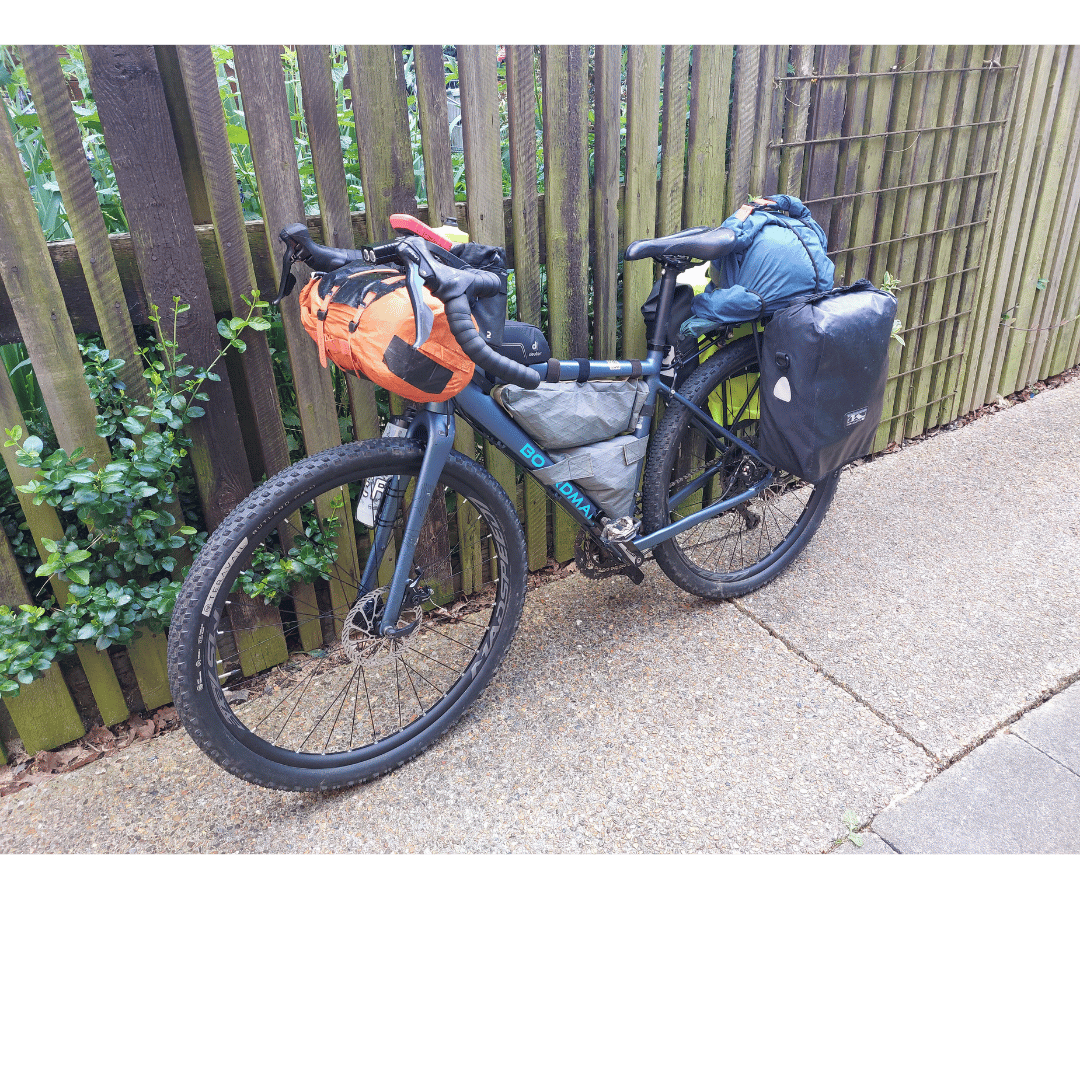The importance of getting a bike fit

For many of us, cycling isn't just a hobby — it's a passion. The open road or trail, the wind in your hair, the sense of freedom, the adventures — all these factors make cycling an unparalleled experience. But if you’re an endurance cyclist, spending hours in the saddle isn't just about enjoyment; it’s also a test of your mental and physical endurance. One often overlooked aspect that can significantly impact your cycling performance and comfort is getting a proper bike fit.
Why is Bike Fit Important?
A professional bike fit is crucial for several reasons ranging from comfort to performance and injury prevention. These are all relevant whether you ride MTBs, touring bikes, a road or track bike. Here, we'll delve into these aspects in detail.
Maximizing Comfort
Imagine embarking on a century ride only to find your back aching after the first 20 miles. A poorly fitted bike can lead to a range of discomforts, from sore necks to numb hands. These minor aches and pains can sap both your enjoyment and stamina. A proper bike fit ensures that your body is in the optimal position, so you can focus on the ride rather than the pain. The longer the ride, the more important it becomes to resolve those little niggles.
Enhancing Performance
Every cyclist dreams of smashing personal records and achieving new milestones. A well-fitted bike can help you maximize your power output and pedaling efficiency, as well as body position and aerodynamics. When the bike fits like an extension of your body, every ounce of your energy is effectively transferred to forward motion. Components like saddle height, handlebar reach, and crank length, when adjusted precisely, can make a significant difference in your performance metrics. That bike you just purchased came with standard components, to cover an average body from a range of heights. But we know that, even with two people of the same height, they can have different torso, leg and arm lengths, so how can the crank length and reach be the same for both?
Preventing Injuries
Cycling can be a demanding activity, and repetitive strain injuries are all too common amongst endurance cyclists. From knee pain to Achilles tendinitis, from lower back to neck niggles, many of these injuries stem from improper bike fit. Ensuring your bike’s fit aligns with your body's biomechanics can drastically reduce the risk of injury. Professional fitters often use advanced tools and software to analyze your movements and make precise adjustments, as well as years of experience.
What to Expect from a Professional Bike Fit
A bike fit isn’t a quick process. It involves a comprehensive assessment of your body's dimensions, flexibility, and even your pedalling technique. Here are standard steps you might expect during a professional bike fitting session:
- Interview and Physical Assessment: A discussion of your cycling history, goals, and any physical limitations.
- Measurements: Detailed measurements of your body, including leg length, torso length, and arm length.
- Flexibility Testing: Assessing your range of motion, which can impact fit.
- Bike Adjustments: Tweaking components like saddle height, handlebar width and position, crank length and even cleat placement. Some also include saddle fits and custom insoles.
- Test Ride and Feedback: Initial adjustments are tested and fine-tuned based on your feedback. Most offer a return visit to make any further adjustments.
Why not do it yourself?
While there are numerous online tools and articles offering DIY bike fitting advice, nothing can replace the expertise of a professional bike fitter. A professional has the experience, tools, and nuanced understanding to make precise adjustments that you might overlook. I will add that it will greatly benefit your cycling to learn about this subject. This will help you to notice when things aren’t quite right, as well as understand the changes made by or advice given a bike fitter, and then use that to make on the fly adjustments if needed. Do you know what you could do if you started experiencing shoulder pain 3 days into a 5 day trip? Do you understand the knock on effect of lowering your saddle by 5mm on the whole of your body position?
What to look for in a bike fitter
As with any professional, ask around your friends for recommendations. Also check out their website and any social media channels. Look for a bike fitter that understands the type of events you participate in. Different events have different considerations, such as gear ratios, and comfort vs aero. Reach out to the bike fitter and have a conversation with them, especially if you have any physical health conditions that need to be considered. From my own personal experience, I’ve found that having a bike fitter that has training in physiotherapy or has studied biometrics, has great results. They are also more likely to notice any imbalances and/or weaknesses, and provide advice around those.
Also consider whether or not you need a bike fit for just one bike, or all the bikes you own. If you have different bikes for different disciplines, then the fit requirements will be unique to each. It's also recommended to get a bike fit BEFORE you buy a new bike. Some bike fitters can help identify suitable bikes for you, or at least provide guidance before you go bike shopping and choosing one just on the paintwork 😉
A professional bike fit may require an investment of time and resources, but, long term, the benefits far outweigh the costs IMHO. Avoiding discomfort and possible injury will mean enjoying your cycling for years to come.